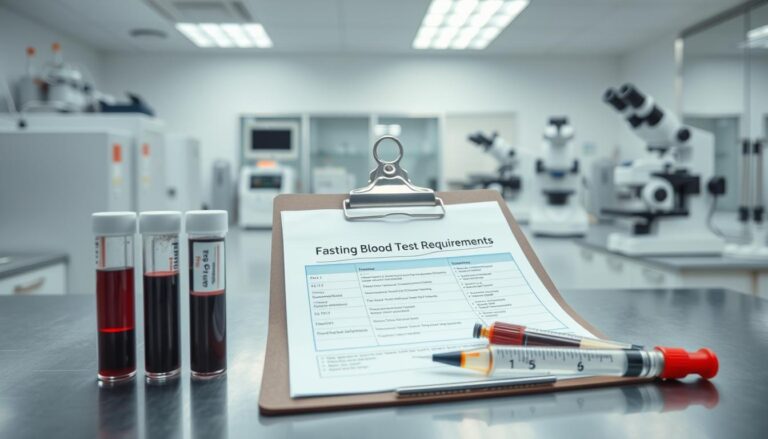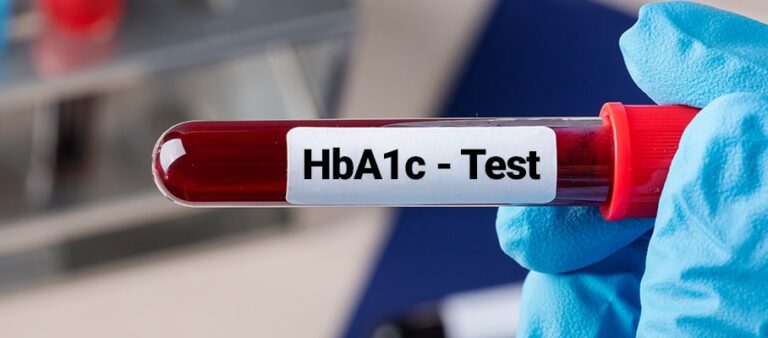Centrifugation in Clinical Labs: Speed, Time, and Temperature Guidelines
Ever wondered about the perfect speed and time for separating plasma in clinical labs? These factors greatly affect the quality of test results. Laboratory centrifugation protocols are key to getting accurate results. The World Health Organization suggests a maximum centrifugation time of 15 minutes.
But what are the best practices for centrifugation in labs? How can we make centrifugation guidelines more efficient? These questions are crucial for achieving top-notch results.
Centrifugation is vital in labs, and its efficiency greatly impacts test results. By following the right protocols and tips, we can avoid errors and get accurate results. But what affects centrifugation efficiency? How can we balance rotors to prevent damage and ensure safety?

Centrifugation is essential in clinical labs for separating plasma from blood cells. It directly affects the quality of test results. We’ll look into how RPM and RCF are related and how adjusting settings can change sample outcomes.
Understanding these factors and following best practices ensures optimal results. This improves the quality of laboratory testing overall.
Understanding Laboratory Centrifugation Fundamentals
Understanding the basics of laboratory centrifugation is key. It separates substances by density. This method is used in many fields, like clinical labs and research.
Choosing the right parameters is crucial. This includes speed, time, and temperature. The type of centrifuge, how you prepare samples, and safety measures also matter.
For example, refrigerated centrifuges keep samples alive. Microcentrifuges handle small samples well. They’re used in molecular biology labs.
Key Components of Laboratory Centrifuge Equipment
The main parts of centrifuges are the rotor, tubes, and temperature control. Speed, time, and temperature affect how well it works. Knowing these helps get accurate results and keeps labs safe.
Factors Affecting Centrifugation Efficiency
Several things impact how well centrifugation works:
- Centrifuge speed and time
- Temperature control
- Sample preparation and type
- Centrifuge type and rotor design
Safety Considerations and Precautions
Keeping labs safe is very important. Here are some key safety tips:
- Proper sample preparation and handling
- Regular maintenance and calibration of centrifuge equipment
- Use of protective gear, such as gloves and lab coats
- Following proper protocols for handling biohazardous materials
Centrifugation Guidelines Laboratory: Essential Parameters
We know how crucial proper centrifugation is in labs. We’ll talk about key factors like speed and time. The World Health Organization suggests speeds of 1,500-2,000 x g for serum and 2,000-3,000 x g for plasma. Centrifugation times vary from 10-15 minutes, based on the protocol.
For top-notch lab centrifugation, following set protocols is key. This means using the right speed and time, and keeping the temperature just right. Important points for centrifugation include:
- Centrifugation speed and time guidelines: vary by sample type and lab procedure
- Importance of proper centrifugation techniques: ensures accurate results and protects samples
- Laboratory centrifugation best practices: stick to standardized protocols and do quality checks often
- Centrifugation protocols for laboratory work: customize for specific procedures and samples
By sticking to these guidelines and practices, labs can get the best centrifugation results. It’s also vital to keep centrifuges in good shape and calibrated. This prevents mechanical issues and keeps operations safe.
The secret to great centrifugation is paying attention to details and sticking to protocols. By focusing on proper techniques and best practices, labs can get accurate and dependable results.
Conclusion: Ensuring Optimal Centrifugation Results
To get consistent and reliable results from centrifugation, we need to follow the right steps. This means using the correct speed, time, and temperature for our lab work. Keeping our centrifuges in good shape and calibrated is also key to avoid accidents and get accurate results.
By sticking to best practices for centrifugation in the lab, we can fix common problems and improve our techniques. This centrifugation troubleshooting guide for labs helps us tackle any issues. It makes sure our laboratory centrifuge techniques work well. Plus, focusing on centrifugation safety tips keeps our team safe and our samples intact.
With careful preparation, proper handling of equipment, and ongoing quality checks, we can always get the best centrifugation results. By using these strategies, we improve the accuracy and reliability of our lab work. This way, we can give our stakeholders the high-quality data they need.







